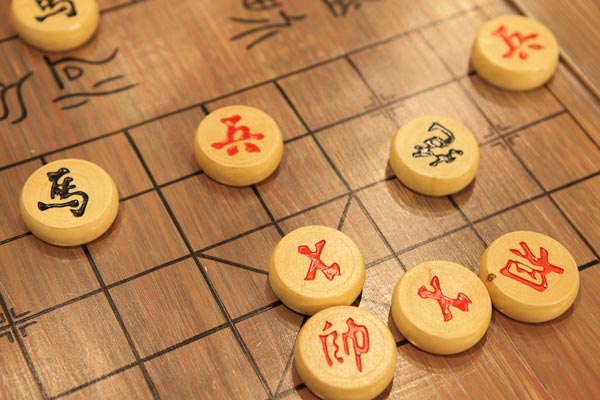Chinese movable type printing, one of the four great inventions of ancient China, a traditional handicraft popular in China, one of the intangible cultural heritage list in urgent need of protection.

Movable type printing is an ancient printing method invented by the ancient Chinese working people after long-term practice and research. First, a positive reverse text mold of a single word is made, and then the single word is selected according to the manuscript, arranged in the character plate, and printed with ink. After printing, the character mold is removed and kept for the next typesetting.

Technology characteristics
China's wood movable type printing is one of the oldest printing technologies in the world. Rui'an, Zhejiang has maintained this technology, and it is still used to compile and print genealogies. Men are trained to complete the carving of Chinese characters, and then print after carving, picking up characters, and typesetting. This requires a wealth of historical knowledge and ancient Chinese grammar. Women are responsible for paper cutting and binding until the printing of the genealogy is completed.
The movable type pages can be used repeatedly after being disassembled. In spring, summer, autumn and winter, craftsmen carry sets of wooden movable type and printing tools and walk in local communities, from one ancestral hall to another. They print the genealogy by hand. After the printing of the genealogy is completed, there is a special ceremony, and the printing craftsmen put it away and lock it in a box for preservation.

Inheritance and protection
Wood movable type printing is passed down entirely through family oral transmission. However, the intensive training required for this technology, the low income generated, the popularization of contemporary computer printing technology, and the decreasing interest in printing genealogies have all led to a rapid decrease in the number of craftsmen who master this technology. At present, there are only eleven masters over the age of fifty who have mastered the full set of techniques. If it is not protected, this traditional industry skill will soon disappear.
Invention process
• Woodblock printing
Woodblock printing is to paste neatly copied manuscripts on a smooth wooden board of a certain thickness. The thin and almost transparent manuscript paper is pasted on the front of the wooden board, and the characters become reversed, and the strokes are clearly visible. The engraving workers used a carving knife to cut away the part of the plate without characters, which became the raised positive characters, which is completely different from the negative characters on the stone tablets. When printing, ink is applied to the raised characters, and then paper is covered on it. The back of the paper is gently wiped, and the characters are left on the paper.

• Movable type printing
Use clay to make blanks of the same specifications, carve reverse characters on one end, and the height of the strokes is the same as the thickness of the edge of a copper coin. Use fire to harden and become a single clay movable type. In order to meet the needs of typesetting, there are generally several or even dozens of commonly used characters in case of repetition in the same plate. If you encounter uncommon characters that are not commonly used, you can make them and use them as you go if you have not prepared them in advance.
To facilitate the selection of characters, the clay movable types are classified by rhyme and placed in a wooden grid, and marked with paper strips. When typesetting, a framed iron plate is used as a base, and a layer of medicine made of a mixture of rosin, wax and paper ash is applied on it. Then the required clay movable type is picked out and arranged one by one in the frame. When a frame is filled, it becomes a plate, and then it is baked with fire. When the medicine melts slightly, a flat plate is used to flatten the surface of the characters. After the medicine cools and solidifies, it becomes a plate.
When printing, just brush ink on the plate, cover it with paper, and apply a certain amount of pressure. In order to print continuously, two iron plates are used, one for brushing and the other for typesetting, and the two plates are used alternately. After printing, the medicine is melted with fire, and the movable type can fall off the iron plate with a light shake of the hand, and then put back into the original wooden grid according to the rhyme for next use.

The invention of movable type printing is a great technological revolution in the history of printing.
The clay movable type invented by Bi Sheng (970-1051) in China during the Qingli period of the Northern Song Dynasty (1041-1048) marked the birth of movable type printing. He was the world's first inventor, about 400 years earlier than the German Johannes Gutenberg's lead movable type printing.
In the Yuan Dynasty, Wang Zhen successfully created wooden movable type and invented the rotary typesetting. In the middle of the Ming Dynasty, copper movable type was widely used in Nanjing, Wuxi, Suzhou and other places in Jiangsu.




